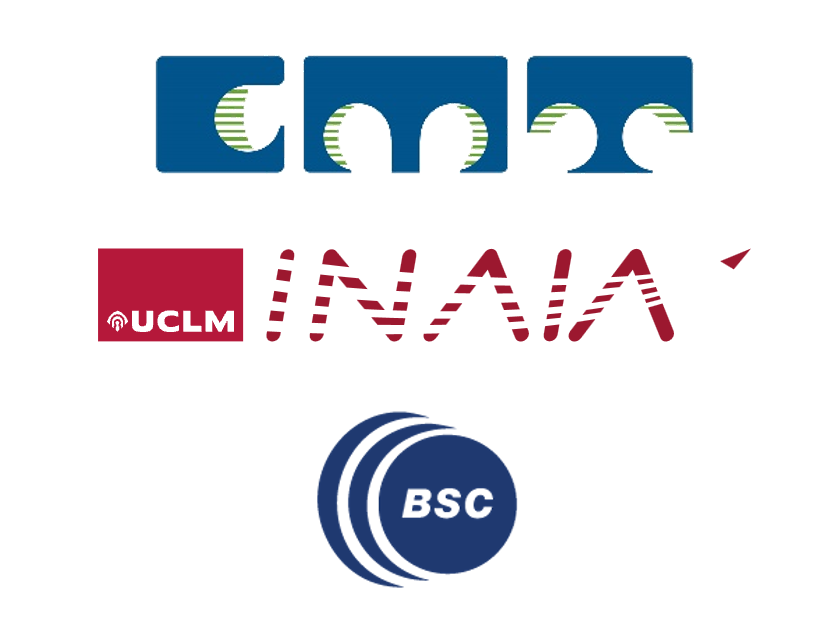DUAL-FUEL HYDROGEN-ASSISTED COMBUSTION CONCEPTS FOR EFFICIENT AEROENGINE OPERATION (AHEAD)
This project focuses on the design and evaluation of dual-fuel combustor concepts, which adds hydrogen to improve its performance.
Low-swirl-stabilized lifted-flames burners are a technology target, due to their potential in NOx emission reduction.
The project is composed by three subprojects developed by the different partners:
Funding:


Partners:

